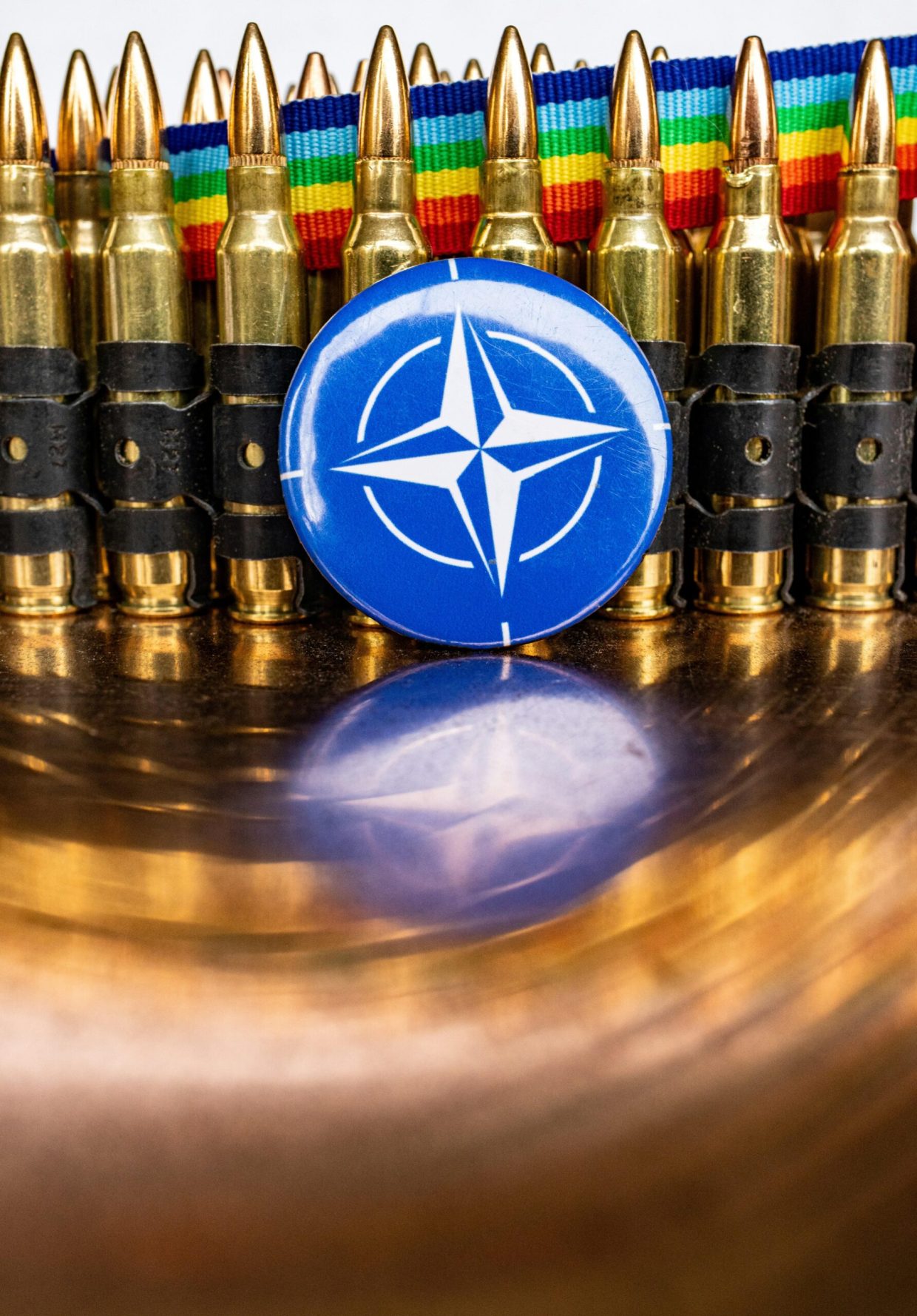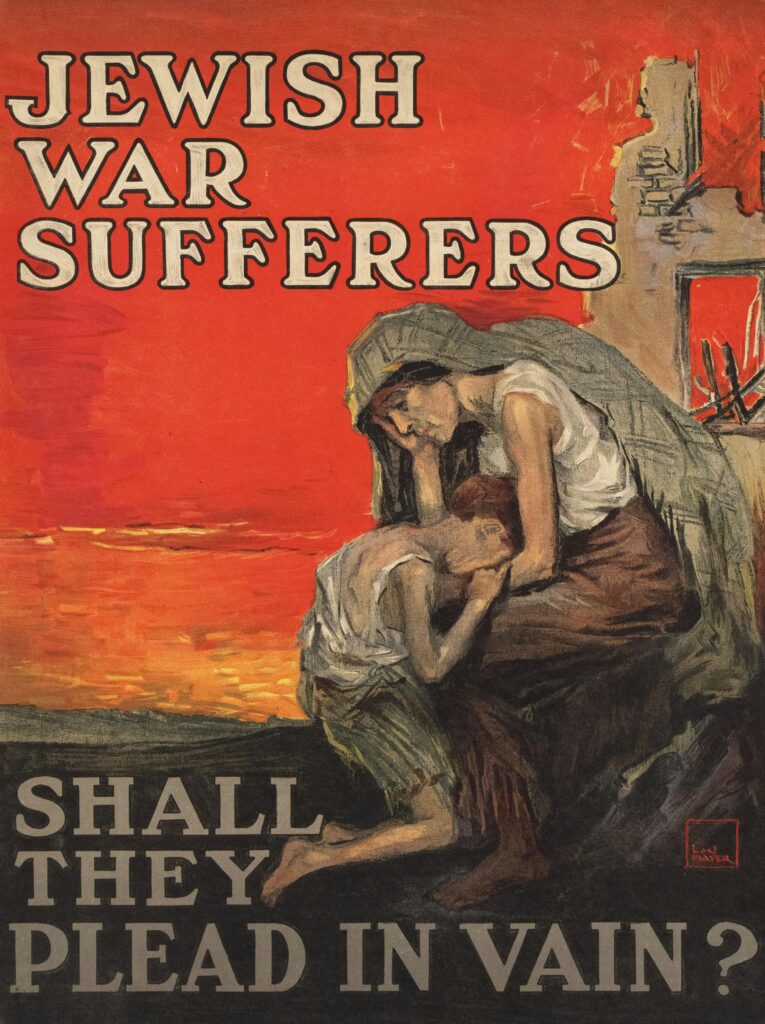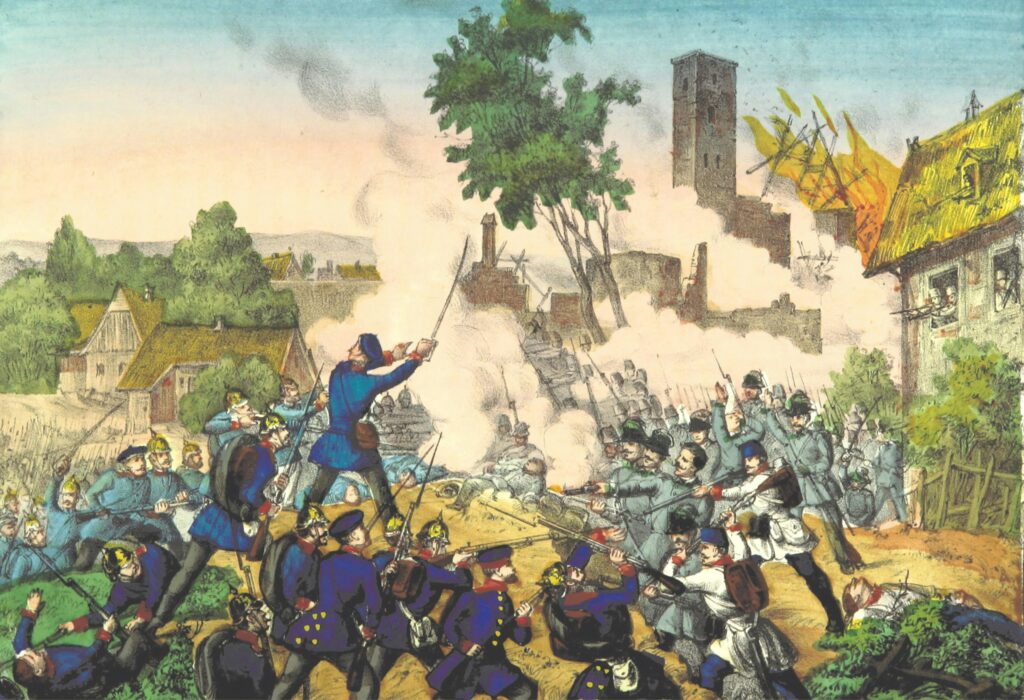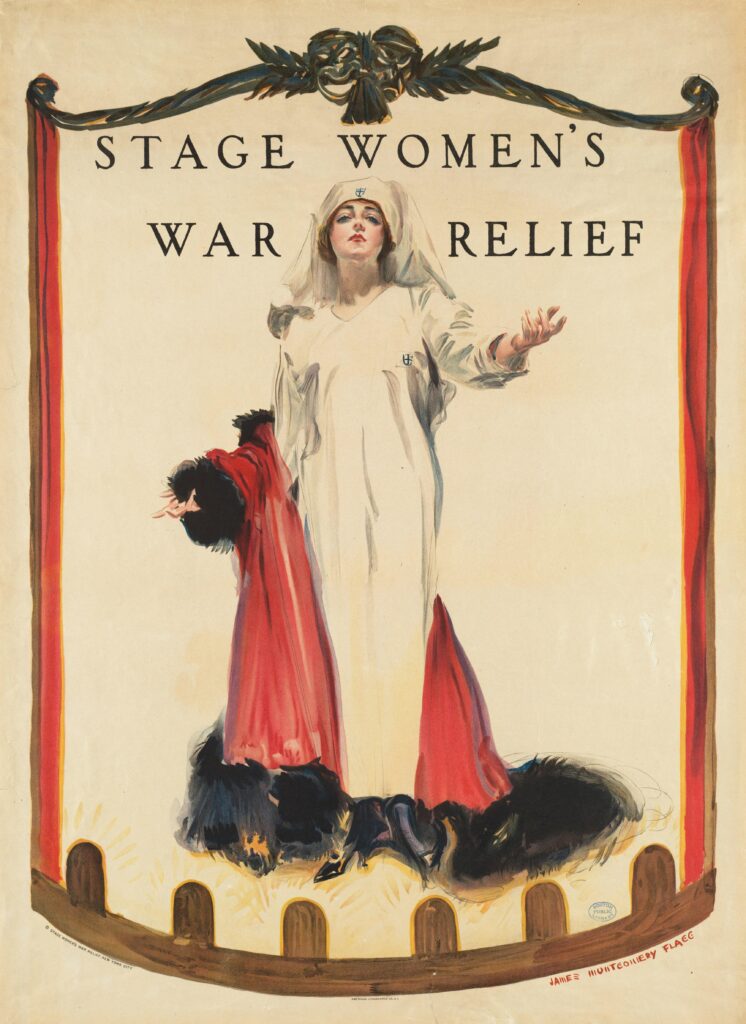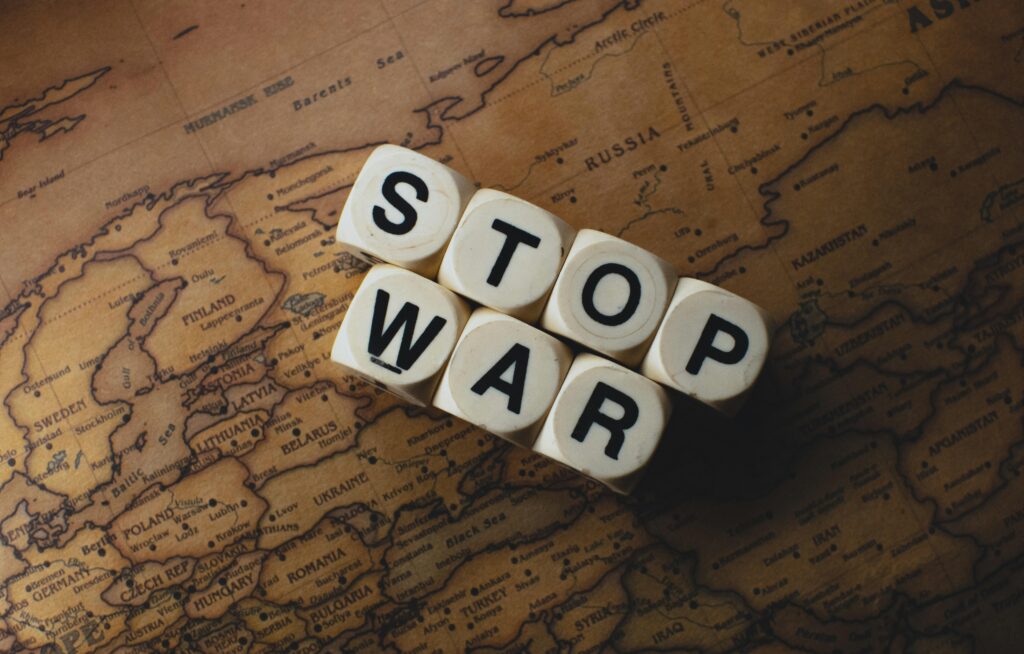In the shifting sands of global geopolitics, few topics spark as much debate and strategic calculation as NATO expansion. What began as a Cold War alliance has evolved into a dynamic force reshaping power balances and forging new allegiances across continents. This blog dives into how NATO’s growing footprint is not just about military might—it’s a complex dance of diplomacy, security interests, and the quest for influence in an increasingly multipolar world. Join us as we unpack the implications of NATO’s expansion and what it means for the future of global alliances.
Table of Contents
- The Strategic Implications of NATO Expansion on Global Security
- Understanding the Impact on Eastern European Geopolitics
- Balancing Power Dynamics Between NATO and Russia
- Policy Recommendations for Sustainable and Inclusive Alliance Growth
- Concluding Remarks
The Strategic Implications of NATO Expansion on Global Security
Expanding the NATO alliance has triggered a profound recalibration of global power dynamics, extending far beyond the Euro-Atlantic sphere. As new members join, they not only strengthen collective defense mechanisms but also reshape strategic alliances in ways that challenge traditional geopolitical balances. This enlargement prompts both opportunities and tensions: it cements transatlantic unity while simultaneously provoking strategic pushbacks from rival powers who perceive the expansion as a threat to their own regional influence. The ripple effect is evident in various theaters — from reinforcing deterrence strategies to influencing diplomatic negotiations on a multilateral scale.
Moreover, the strategic implications touch upon more nuanced domains such as cyber defense, counterterrorism cooperation, and hybrid warfare preparedness. Key elements to consider include:
- Augmented military interoperability among a growing number of member states, enhancing rapid response capabilities.
- Increased burden-sharing which redistributes defense costs, allowing for more substantial collective investment in new technologies and intelligence-sharing platforms.
- Potentially complex diplomatic challenges stemming from divergent national interests within the alliance, requiring agile policy harmonization.
In sum, NATO’s outward expansion is carving a new architecture of global security, where cooperation and competition intersect, and where the unfolding strategic landscape demands robust, nuanced, and forward-looking engagement from all stakeholders.
Understanding the Impact on Eastern European Geopolitics
The enlargement of NATO has dramatically altered the strategic landscape in Eastern Europe, triggering a realignment of alliances and power structures. Countries that once found themselves under the shadow of Soviet influence are now key players in a collective security pact that promises both protection and political leverage. However, this shift is not without friction. The expansion is perceived by some Eastern European neighbors as a buffer against historical threats, while others view it as an encroachment that exacerbates regional tensions. This dichotomy fuels an ongoing debate about sovereignty, security, and the limits of Western influence in the area.
Several pivotal effects stand out:
- Increased military cooperation: Member states benefit from intelligence sharing, joint exercises, and technological advancements, strengthening regional defense capabilities.
- Political polarization: Divisions deepen between NATO-aligned countries and those maintaining closer ties with Russia, complicating diplomatic relations.
- Economic implications: Enhanced stability attracts foreign investments, but also raises defense spending, impacting national budgets.
- Identity and integration challenges: Nations balance their historical ties and cultural identities with the demands of NATO membership, affecting domestic politics.
Understanding these dimensions is essential to grasp the evolving nature of power within Eastern Europe and how they ripple through global diplomacy.
Balancing Power Dynamics Between NATO and Russia
The intricate relationship between NATO and Russia hinges on a delicate balance of power that continuously shapes the geopolitical landscape. As NATO has expanded eastward, Russia perceives this movement as a direct challenge to its sphere of influence, prompting a recalibration of its military and diplomatic strategies. This tension has resulted in a complex dance of deterrence, where both sides aim to avoid escalation but remain vigilant. Understanding these power dynamics involves acknowledging key factors such as military deployments, economic sanctions, and diplomatic engagements that inform each actor’s approach to preserving national security without tipping into open conflict.
Efforts to maintain stability are not without their hurdles.
- Mutual mistrust continues to hinder meaningful dialogue, limiting opportunities for transparency and confidence-building.
- Hybrid warfare tactics, including cyber operations and informational campaigns, blur traditional lines of engagement, complicating NATO’s response.
- Varying political agendas within NATO member states affect the alliance’s unity and strategic coherence.
Addressing these challenges requires innovative diplomatic frameworks that facilitate open communication channels while enhancing collective defense mechanisms. By focusing on cooperation alongside competition, both NATO and Russia can explore pathways that reduce the risk of confrontation and foster long-term regional security.
Policy Recommendations for Sustainable and Inclusive Alliance Growth
To foster a resilient and forward-thinking alliance, NATO must prioritize policies that emphasize collaborative decision-making and respect for diverse political landscapes within member states. By creating mechanisms that value each nation’s perspective, the alliance can cultivate trust and strengthen collective security. Encouraging active dialogue on economic, environmental, and technological challenges will ensure growth is multifaceted and aligned with contemporary global demands.
Moreover, expanding partnerships beyond traditional boundaries through targeted inclusion of emerging democracies and strategically significant regions can bolster NATO’s influence while safeguarding its core principles. Key strategies include:
- Implementing comprehensive vetting processes to ensure candidate alignment with democratic values
- Investing in joint training initiatives that promote interoperability and cultural understanding
- Emphasizing sustainability in military operations to minimize ecological impact and promote green defense technologies
- Enhancing public diplomacy efforts to reduce misunderstandings and foster grassroots support within new member states
Concluding Remarks
As the geopolitical landscape continues to evolve, NATO’s expansion remains a pivotal force in shaping global power dynamics and alliances. While the alliance’s growth underscores a commitment to collective security, it also introduces complex challenges and recalibrations on the world stage. Understanding these shifts is crucial—not just for policymakers and analysts, but for anyone interested in how international relations will unfold in the years ahead. Whether NATO’s expansion leads to a more stable world order or heightens tensions will depend largely on how member states and their rivals navigate this delicate balance of power. Stay tuned, because the story of NATO is far from over.


